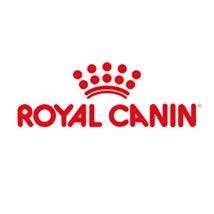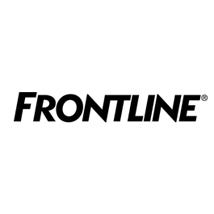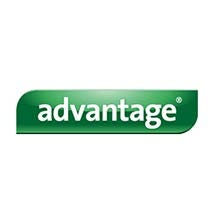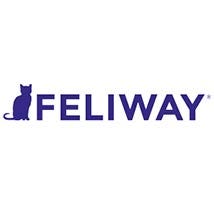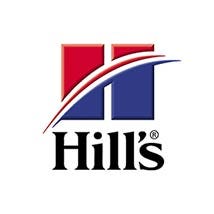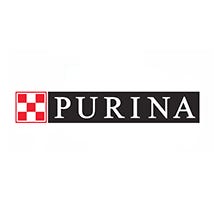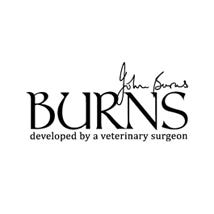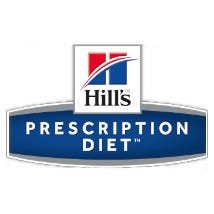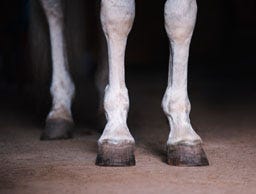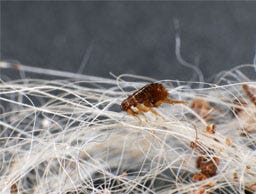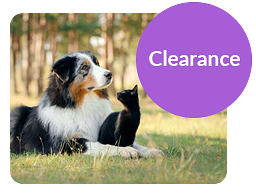Anallergenic Vs Hypoallergenic: Which is better?
Food allergies are more common in pets than you might think, which is why so many dog and cat food brands offer food options to manage them.
However, with so many brands offering different solutions, it can raise the question: What hypoallergenic food is best for my dog? And what’s the difference between hypoallergenic and anallergenic foods?
Is Anallergenic the Same as Hypoallergenic?
Both hypoallergenic food and anallergenic foods follow the same principle of managing your dog’s allergy symptoms by removing potential allergens from their formulas. These allergens include:
- Grains
- Dairy
- Beef
- Pork
- Soya
- And more
Many hypoallergenic foods, such as James Wellbeloved foods, are made with entirely natural ingredients that are easy on your dog’s digestive system and use only one source of protein. This makes them a popular choice for many pets with food intolerances.
However, some brands offer an anallergenic option, such as the Royal Canin Anallergenic Veterinary Food for cats and dogs. This formula takes things to another level by removing almost all possible allergens from the food.
Does My Dog Need Hypoallergenic Food?
If you’ve noticed your dog or cat showing signs of food intolerance or allergies, then it may have something to do with their food. Your dog may have an intolerance to what they’re eating, which means their bodies can’t digest the ingredients properly, or they may be allergic to the ingredients. Allergic reactions might include red skin or itching.
Hypoallergenic diets, like Hill’s Science Plan Hypoallergenic Dog Food, are made without the most common allergens that might be affecting your pet. These diets are great for dogs with intolerances to grains or certain proteins as they use a single, highly digestible protein source, such as chicken or fish, as well as easily digestible carbohydrates like brown rice or even potato.
Hypoallergenic cat foods and dog foods are widely available, so if you suspect your dog is suffering from food allergies and intolerances, it’s a simple switch to make. You can view our full range of hypoallergenic foods below.
Does My Dog Need Anallergenic Food?
Anallergenic foods are free of all allergens, or as many as possible. This makes them a step above hypoallergenic. While this may seem like the perfect solution to your dog's allergy symptoms, these foods aren’t for every pet.
Foods like the Royal Canin Anallergenic dog food are prescription dog foods that should only be fed to your pet when recommended by your vet. They use hydrolysed protein and very selected carbohydrate sources to help manage your pet’s intolerances. Your vet will likely recommend using these foods as part of an elimination trial for 4-8 weeks to see how your dog manages, but they are not recommended for long-term use.
How to Manage Dog Allergies
If your dog is suffering from allergies, changing their food can help you work out if t what they’re eating is causing the reaction. Pets can also suffer from environmental allergies, such as dust, pollen or mould, that may be causing their symptoms.
In this case, it’s best to speak to your vet about other allergy relief options available, such as soothing shampoos like the DOUXO® S3 SEB Shampoo, skin and coat supplements like this YuMOVE Skin & Coat Care Itching for Dogs, or even spot-on treatments like the Allerderm® Spot-On Epidermal Solution.
If your dog's allergies are severe, your vet may prescribe prescription allergy treatments to help handle their symptoms.

